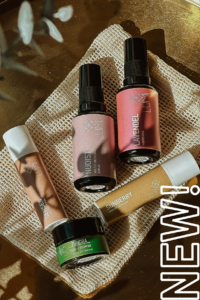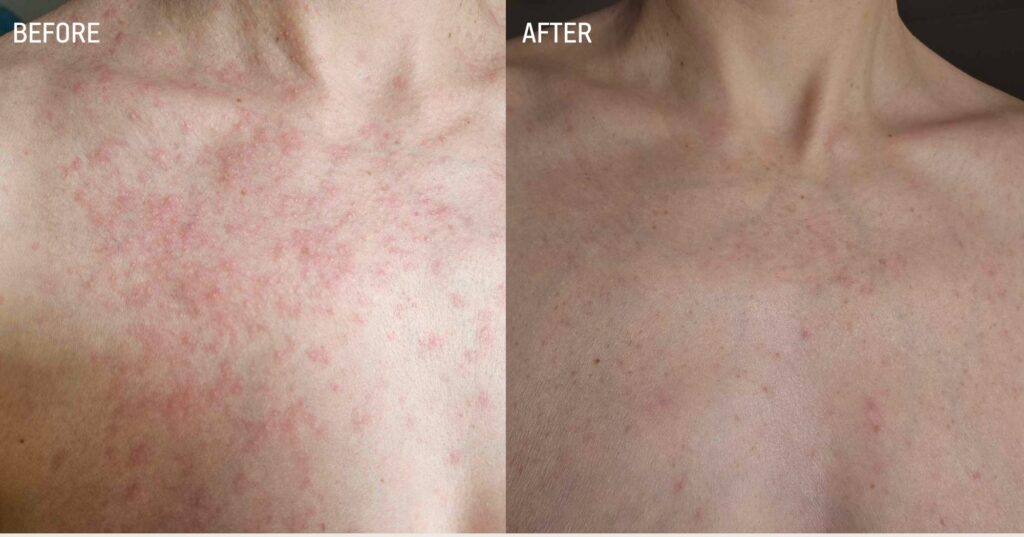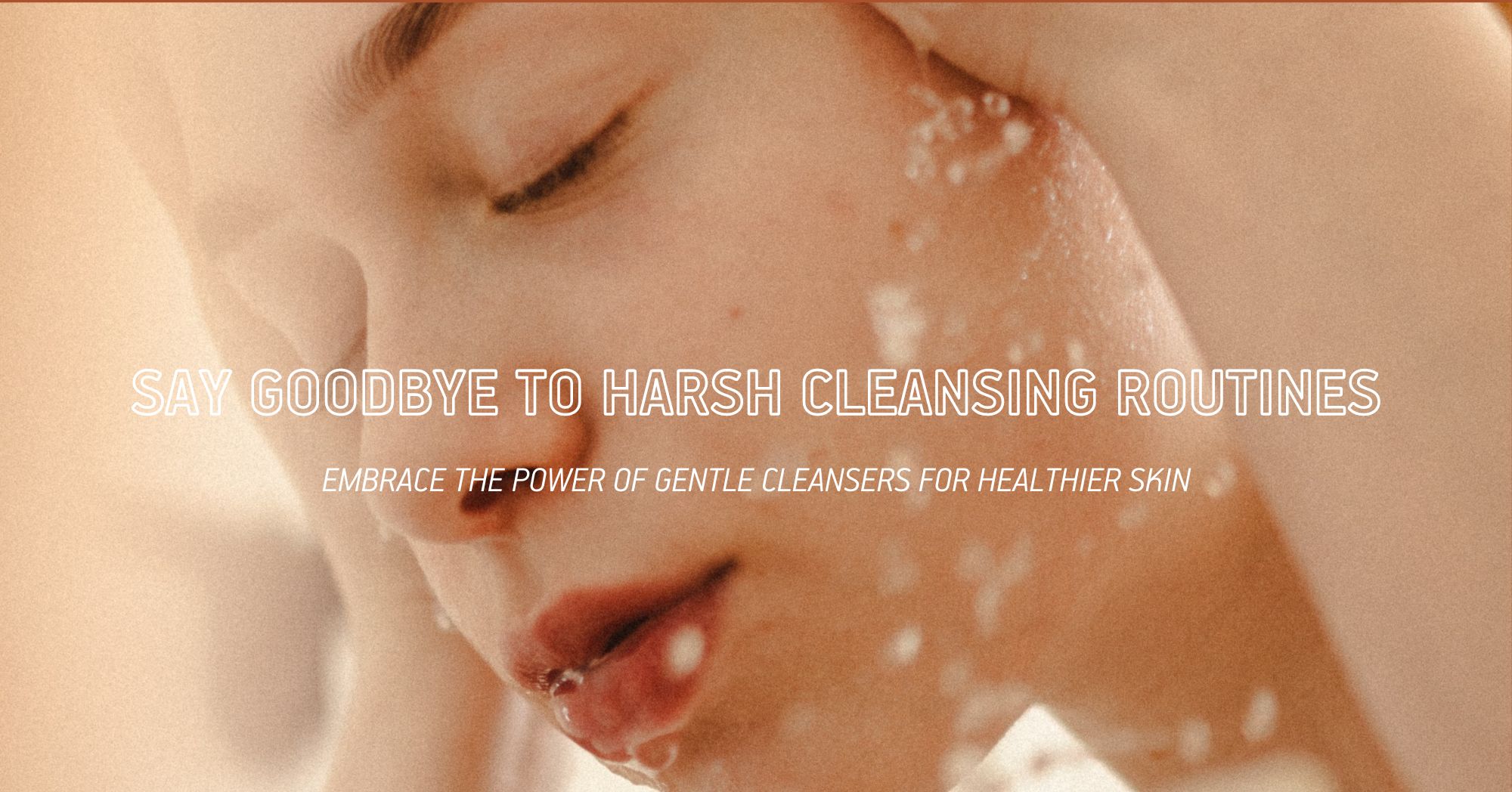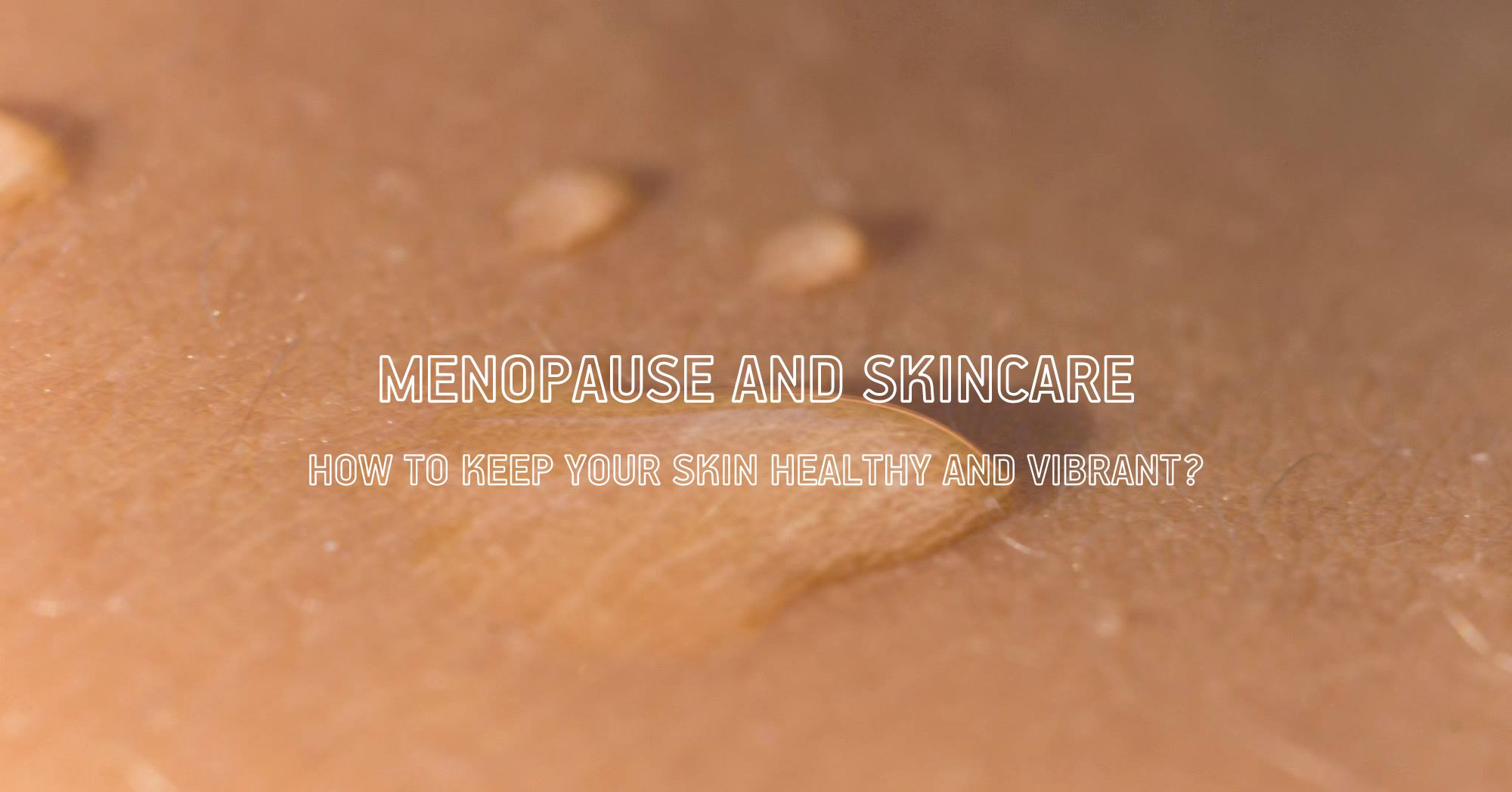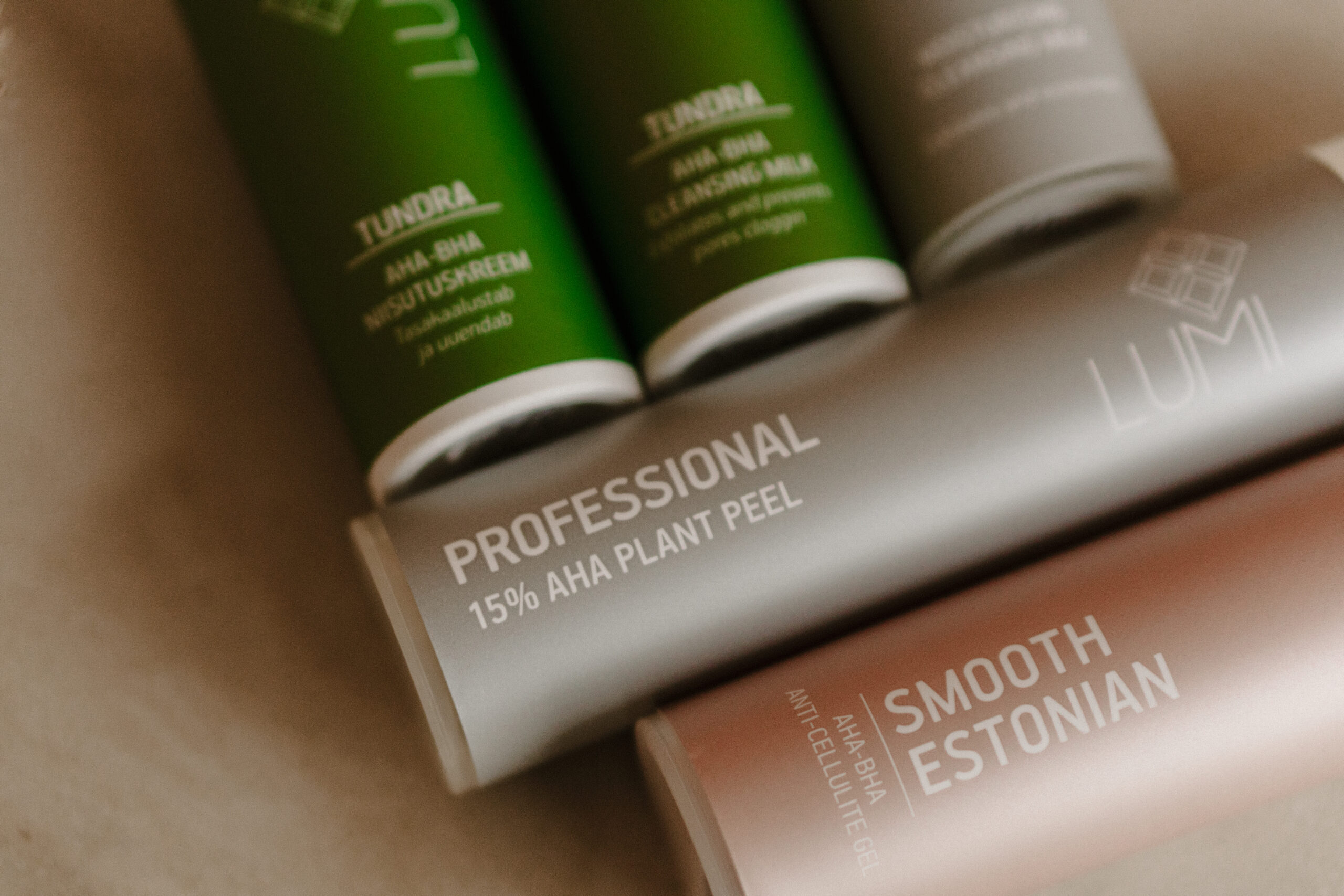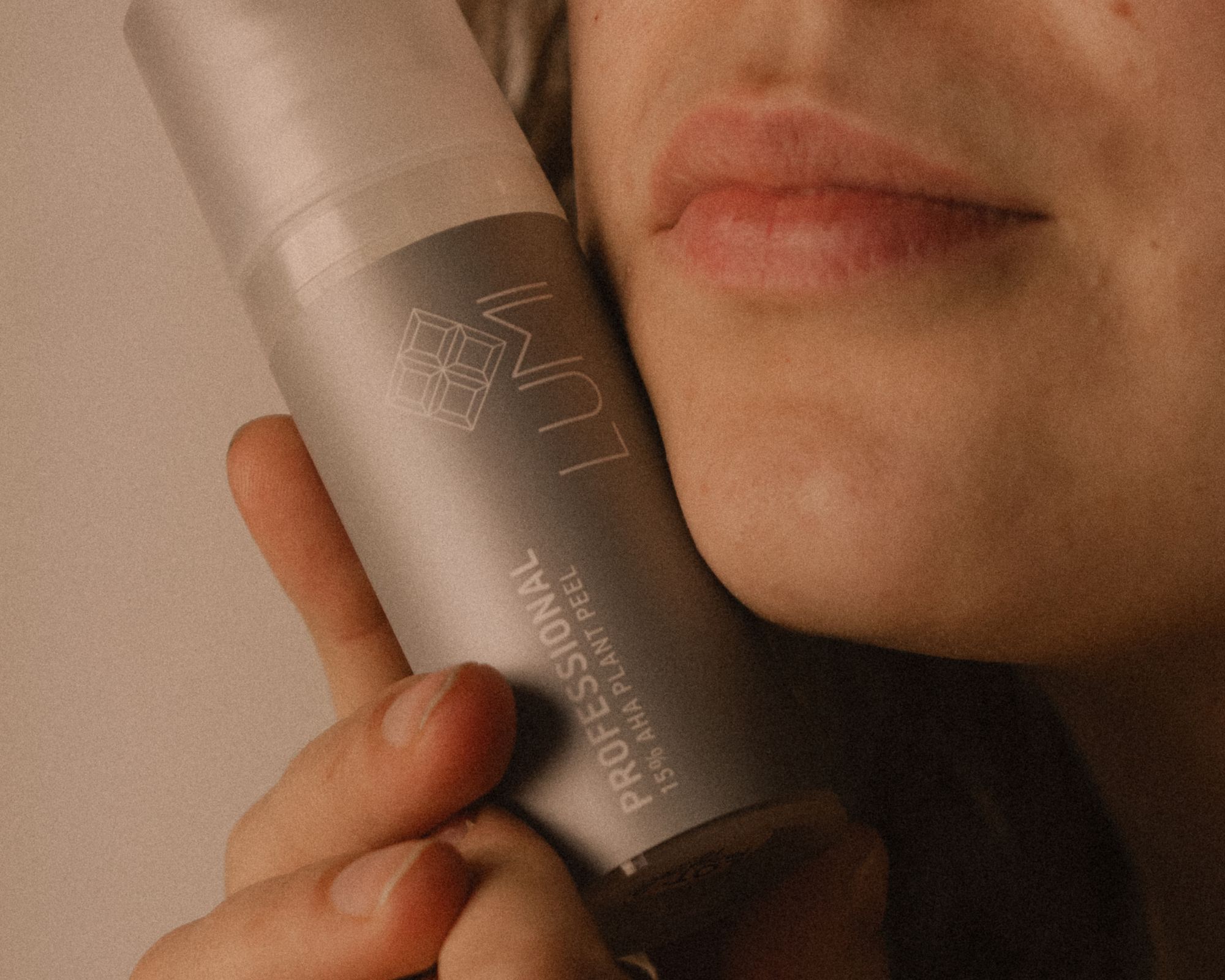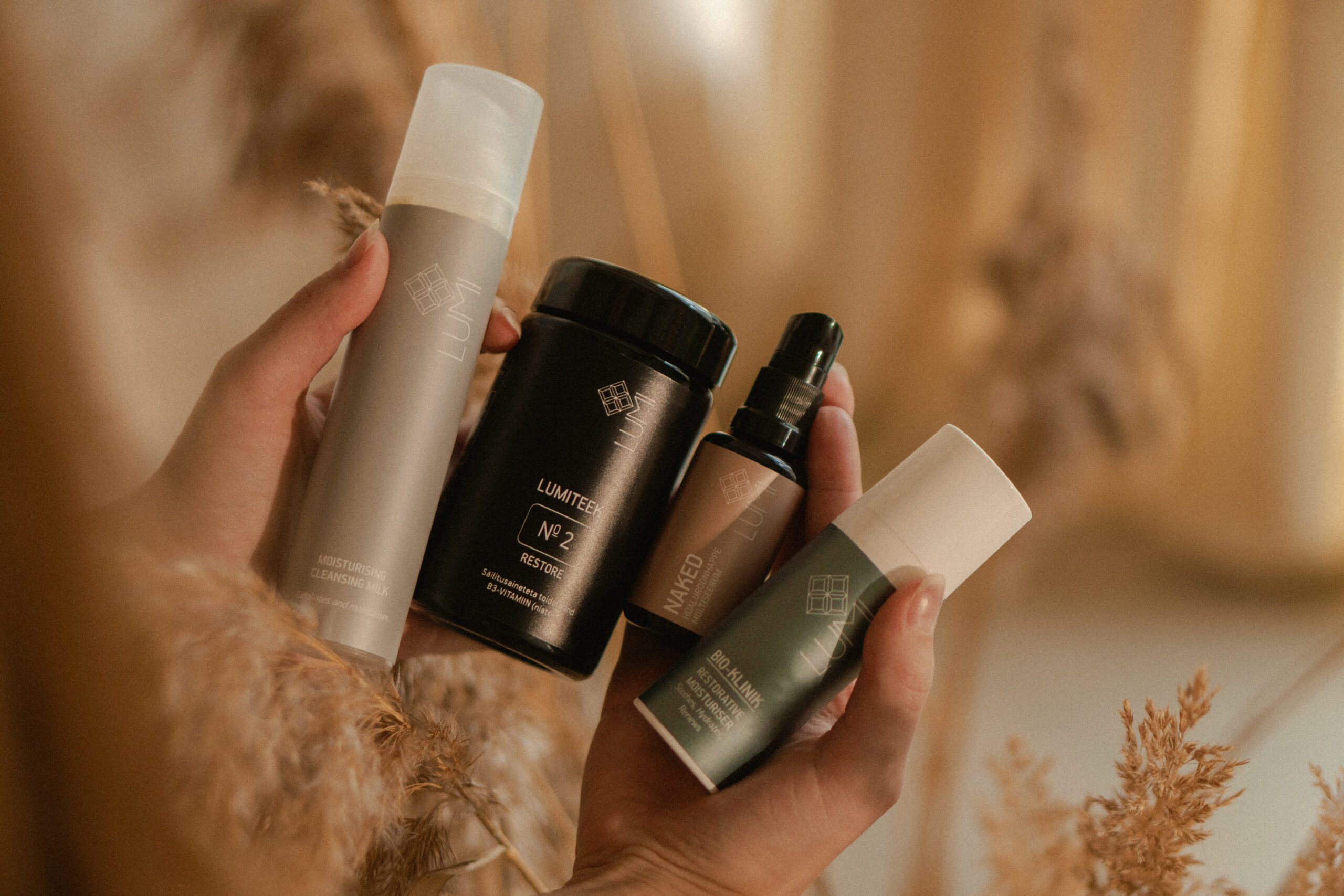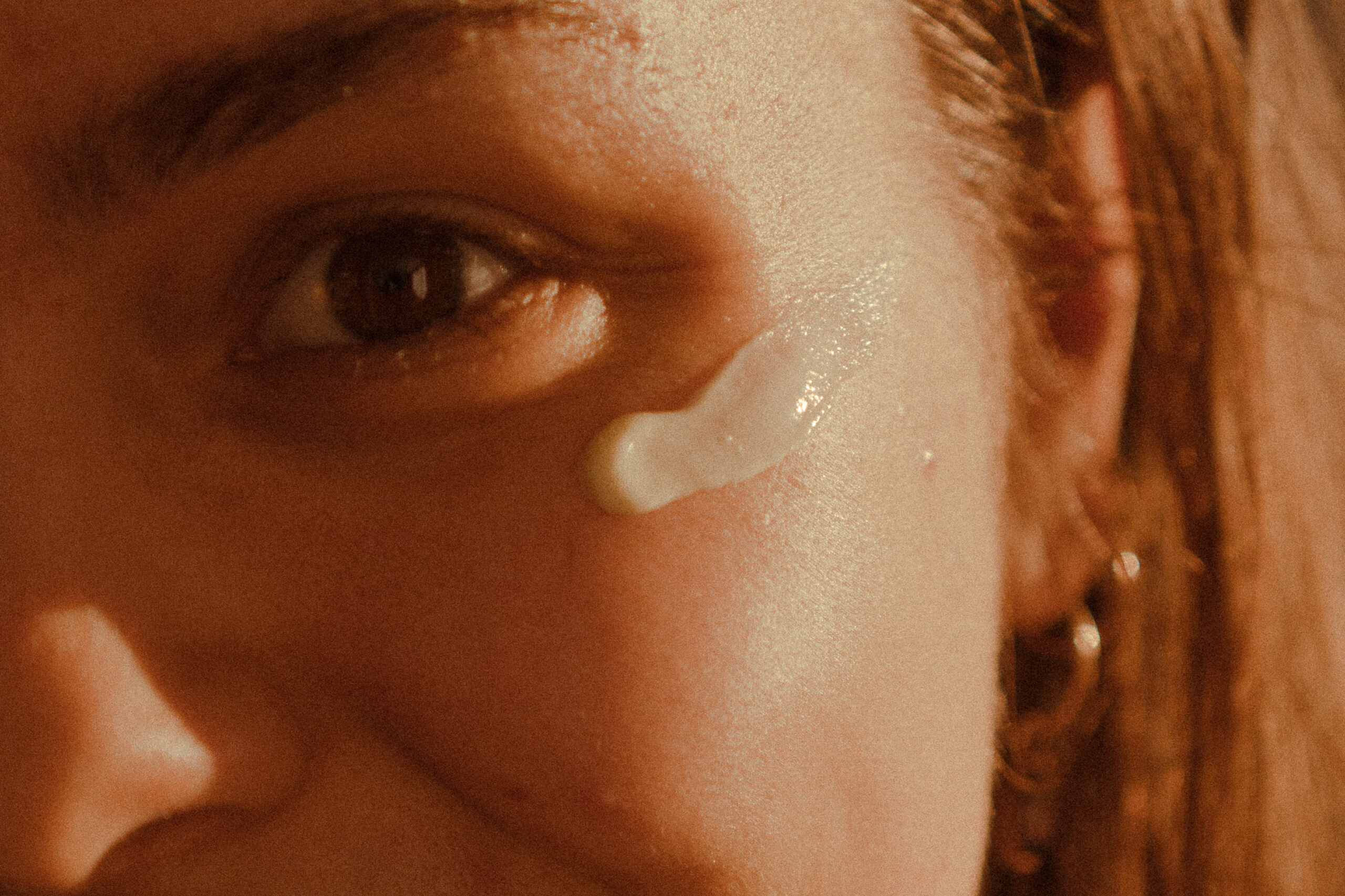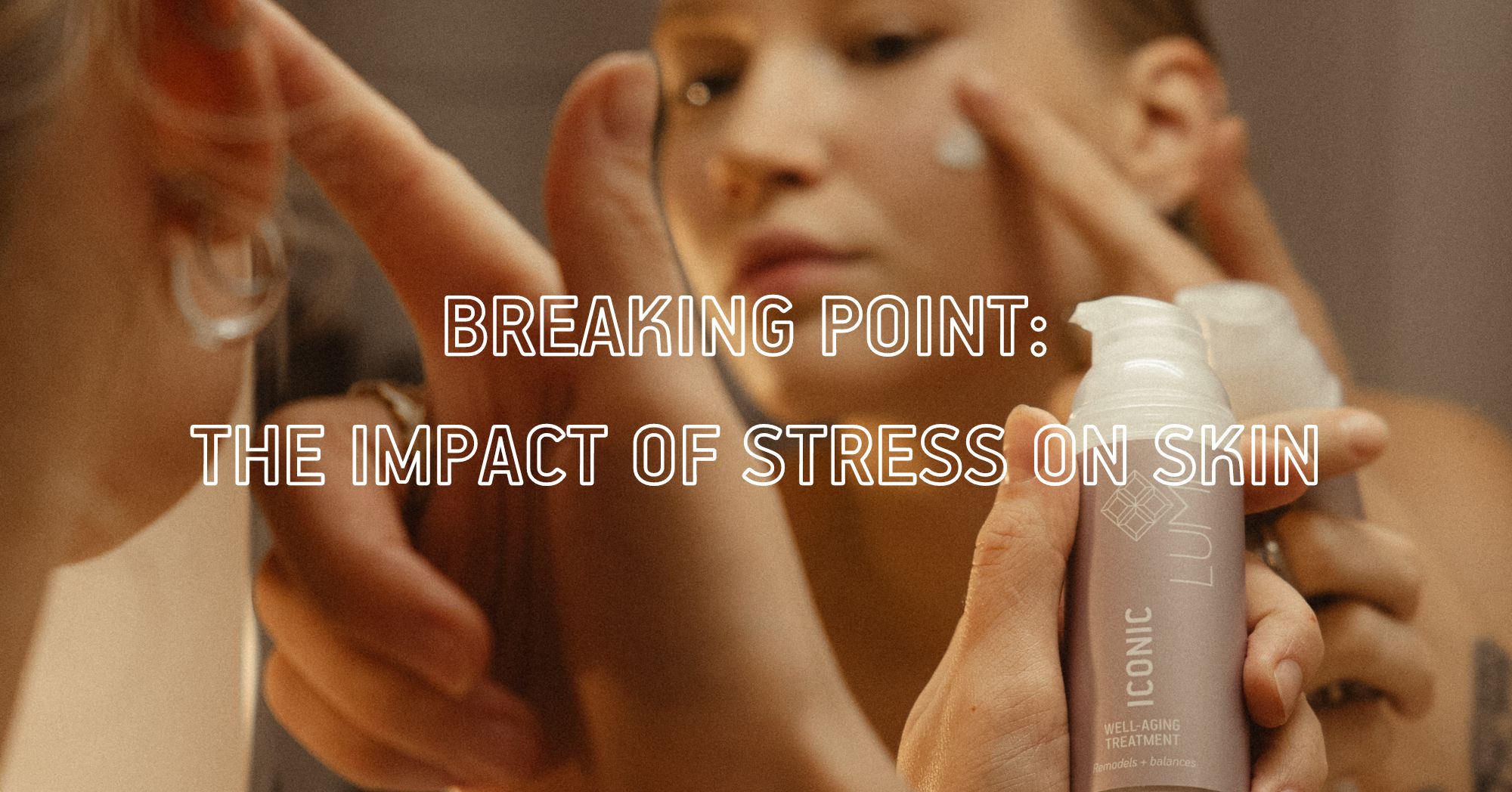
Everyone knows that exercise is good for you; in fact, it’s absolutely vital for our entire body, from maintaining mental hygiene to the health of our skin! But have you ever wondered exactly how exercise’s benefits are conveyed to the body?
The human body is a complex array of interconnected systems, and when we exercise, those systems start sending signals around to make necessary changes. One type of signal that is sent by the body is a group of molecules called exerkines.
These compounds inspire the body to get into shape – trimming fat, making muscles stronger, and skin firmer and tighter. You can think of them as our bodies’ microscopic personal trainers!
Once researchers began to better understand exerkines, the next question was obvious – could we add exerkines directly to the body without having to produce them through exercise first? The answer could herald big changes for the future of skincare!
So, today, let’s explore the world of exerkines, learn what they do, why we want as many of them as possible, and how LUMI has been incorporating them into our latest cutting-edge offering: Skin Gym!
What are Exerkines?
When the body exercises, a number of different things happen. The central nervous system sends commands from the brain to all the major systems of the body, including the cardiovascular, respiratory, musculoskeletal, and metabolic systems.
The general message sent is pretty clear – forget about conserving energy, it’s time to put things into overdrive! We begin to prioritise strength, speed, and agility over longevity and cell maintenance. This is great in the short term, but may leave the body weakened in the aftermath.
Thankfully, because the human body is an incredibly complex organism, it also understands the need for repair and reinforcement after exercise. Damaged cells need to be renewed, and muscles and other key structures need strengthening.
The body needs to convey this information to cells somehow, and it does so through a variety of peptides, metabolites and RNAs that we call exercise factors, or exerkines.
Scientists have discovered hundreds of different exerkine compounds so far, produced throughout the body and involving every major organ and system. You can think of them as messages from the body that command cells to become fitter!
Bring the Benefits of Exercise to Skin with LUMI!
So, we know what exerkines are and how important they are for our bodies to reap the benefits of exercise. But how can they change the game in skincare? Could exerkines be key to keeping skin firm and tight, and better shaping our bodies?
Our friends over in Barcelona, the pioneering Vytrus Biotech, have been busy at work answering these questions, and they’ve developed something truly special. Their latest plant stem cell active, Baolift™, replicates exerkines throughout the body’s ‘Skin-Fascia-Muscle Axis’ to firm up skin, improve muscle tone, and rejuvenate the skin’s complexion.
Anyone who’s used LUMI products knows that we’re obsessed with the latest in biotechnology, so when we saw Baolift™, we knew we had to make good use of it! And we’ve done just that with our revolutionary Skin Gym series – an intensive workout for skin with products specially designed for facial skin and the whole body.

Our Skin Gym Facial Training Formula complements Baolift™ with cutting-edge neurocosmetics, stimulating the production of mood-boosting oxytocin on the skin’s surface. The serum is designed to work alongside facial massage for an intensive skin fitness regimen!
For the rest of the body, we’ve developed Skin Gym – Body, complete with an additional plant stem cell active that further shapes skin by breaking down fat cells and harnessing intra-cellular energy. It’s a state-of-the-art biotech solution!
So, this summer, embrace the power of exerkines, and get your skin back in shape with LUMI Skin Gym!
References:
-
Chow, L. S., Gerszten, R. E., Taylor, J. M., Pedersen, B. K., van Praag, H., Trappe, S., Febbraio, M. A., Galis, Z. S., Gao, Y., Haus, J. M., Lanza, I. R., Lavie, C. J., Lee, C. H., Lucia, A., Moro, C., Pandey, A., Robbins, J. M., Stanford, K. I., Thackray, A. E., Villeda, S., … Snyder, M. P. (2022). Exerkines in health, resilience and disease. Nature reviews. Endocrinology, 18(5), 273–289. https://doi.org/10.1038/s41574-022-00641-2
-
Jin, L., Diaz-Canestro, C., Wang, Y., Tse, M. A., & Xu, A. (2024). Exerkines and cardiometabolic benefits of exercise: from bench to clinic. EMBO molecular medicine, 16(3), 432–444. https://doi.org/10.1038/s44321-024-00027-z
-
Magliulo, L., Bondi, D., Pini, N., Marramiero, L., & Di Filippo, E. S. (2022). The wonder exerkines-novel insights: a critical state-of-the-art review. Molecular and cellular biochemistry, 477(1), 105–113. https://doi.org/10.1007/s11010-021-04264-5
-
Nilsson, M. I., Bourgeois, J. M., Nederveen, J. P., Leite, M. R., Hettinga, B. P., Bujak, A. L., May, L., Lin, E., Crozier, M., Rusiecki, D. R., Moffatt, C., Azzopardi, P., Young, J., Yang, Y., Nguyen, J., Adler, E., Lan, L., & Tarnopolsky, M. A. (2019). Lifelong aerobic exercise protects against inflammaging and cancer. PloS one, 14(1), e0210863. https://doi.org/10.1371/journal.pone.0210863
-
Patel, P., N., Zqibel, H., (2022). Physiology, Exercise. Statpearls, Treasure Island, FL. https://www.ncbi.nlm.nih.gov/books/NBK482280/
-
Suzuki, K., Hekmatikar, A. H. A., Jalalian, S., Abbasi, S., Ahmadi, E., Kazemi, A., Ruhee, R. T., & Khoramipour, K. (2022). The Potential of Exerkines in Women’s COVID-19: A New Idea for a Better and More Accurate Understanding of the Mechanisms behind Physical Exercise. International journal of environmental research and public health, 19(23), 15645. https://doi.org/10.3390/ijerph192315645
-
Thau L, Reddy V, Singh P., (2022). Anatomy, Central Nervous System. Statpearls, Treasure Island, FL. https://www.ncbi.nlm.nih.gov/books/NBK542179/
-
Vytrus Biotech, (2024). Baolift™ – Your Skin Workout. https://www.vytrus.com/natural-active/baolift/
-
Zhou, N., Gong, L., Zhang, E., & Wang, X. (2024). Exploring exercise-driven exerkines: unraveling the regulation of metabolism and inflammation. PeerJ, 12, e17267. https://doi.org/10.7717/peerj.17267











